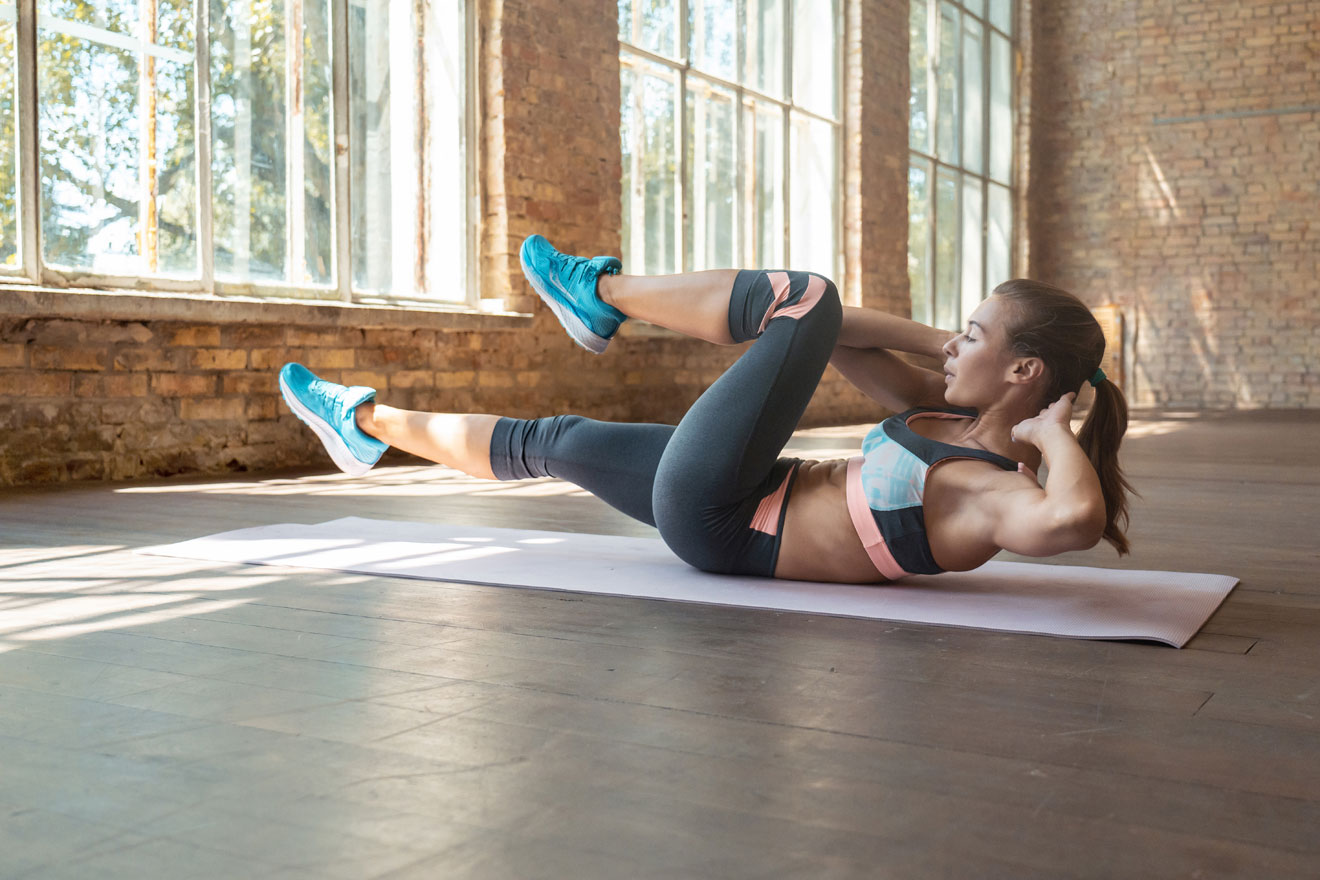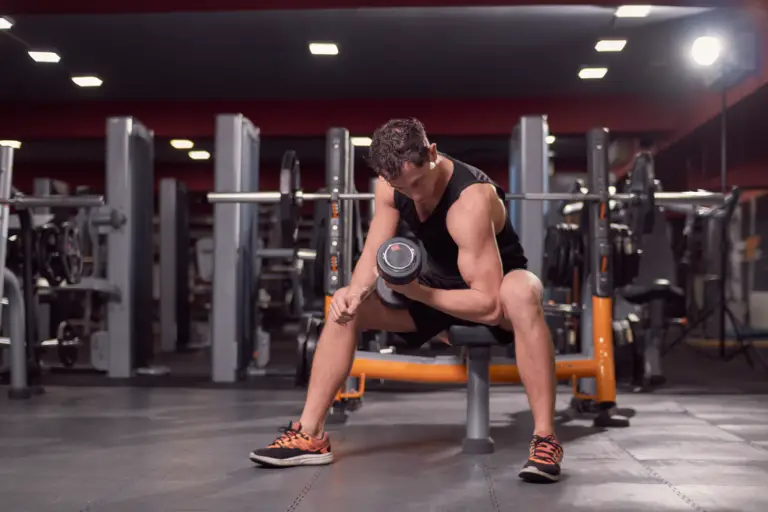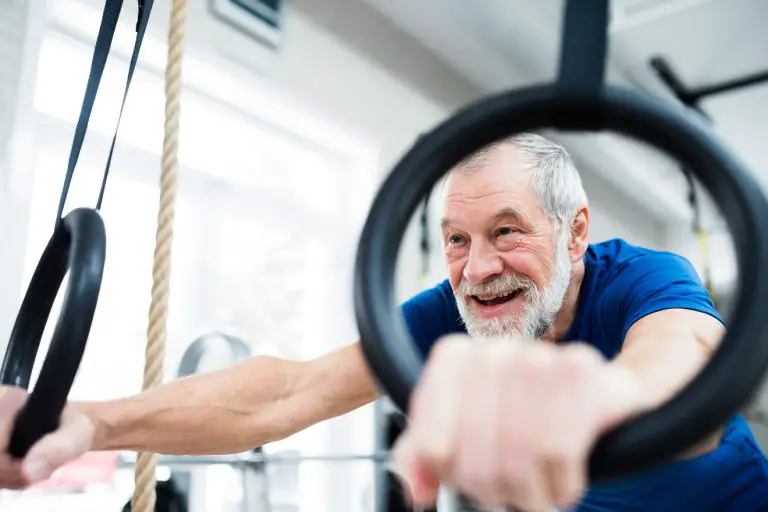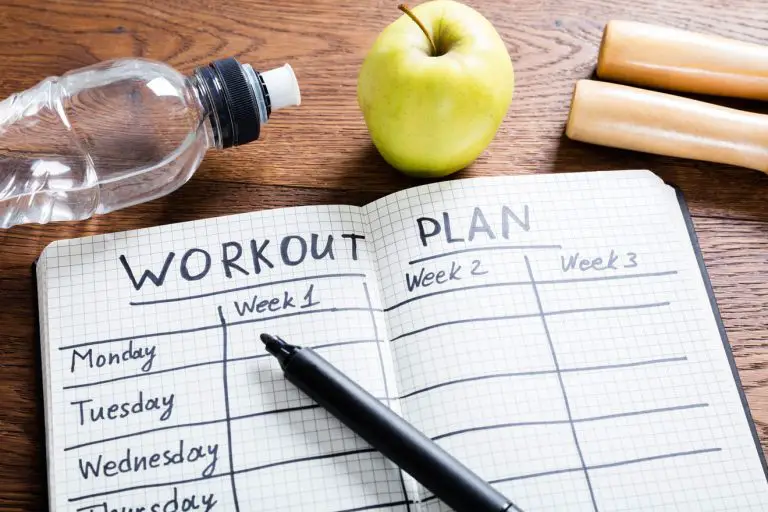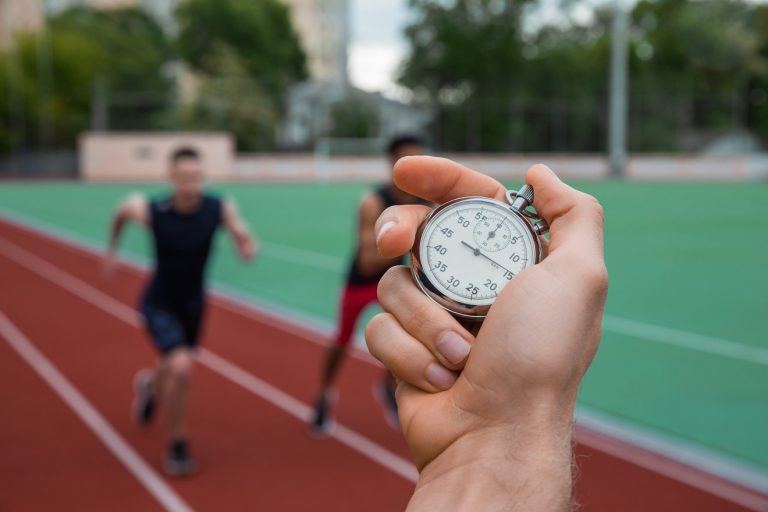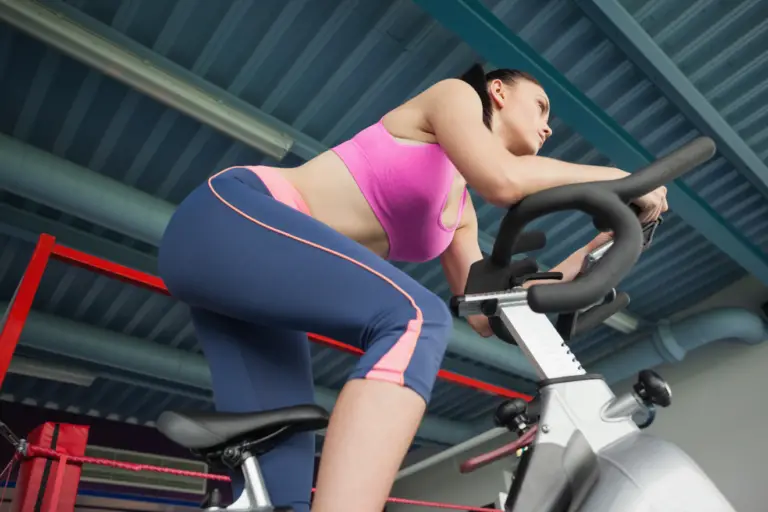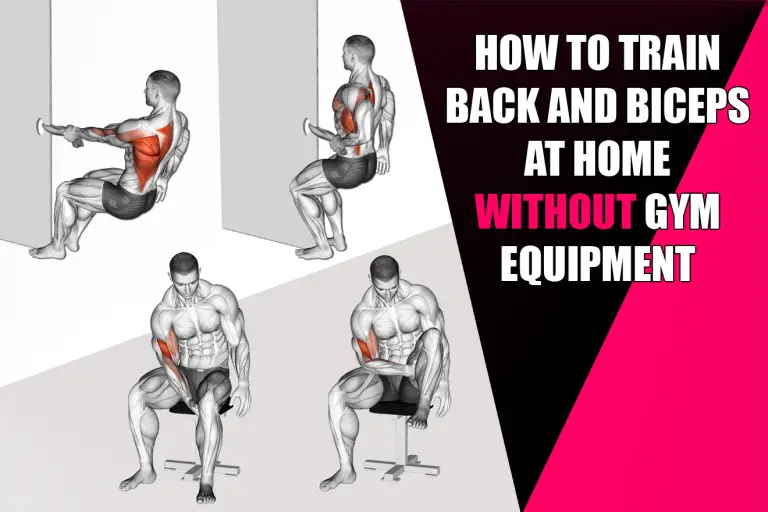Combining weight training and Pilates for strength and mobility
Recently, I stumbled upon a post by the World Health Organization (WHO) that made me pause and think for a moment. According to the post, 4 to 5 million deaths can be averted each year if the global population was only more active. The post also revealed other interesting numbers: That regular physical activity several days a week can minimize the risk of cancer by 8 to 28%, heart disease and stroke by 19%, diabetes by 17%, and dementia by a whopping 28 to 32%.
So, what message are all these numbers passing? It’s simple: If you want to increase your chances of living a healthy, long life, then exercise is one thing you need to incorporate into your routine.
In fact, if you’re living a sedentary lifestyle, chances are you’re doing a lot of injustice to your body, and it might be a matter of time before the consequences begin to show.
That said, in this blog post, I will be exploring two popular forms of exercise, weight training and Pilates, and how you can combine them to achieve balanced muscle growth and increased mobility.
What is weight training, anyway?
As a reader of this website, you surely don’t need me to explain what weight training is. If you do, we have a whole guide devoted to it, along with free, professionally designed training programmes.
What is Pilates, and how does it differ from wall Pilates?
Pilates, the other type of exercise, is simply a low-impact form of exercise the main aim of which is to strengthen core muscles, improve posture, and increase flexibility and mobility, all without the need for additional home gym equipment. The exercise is named after the pioneer, Joseph Pilates, and was initially used by dancers during recovery.
However, due to the numerous benefits attached to this kind of exercise, Pilates is no longer reserved for dancers alone. Instead, it is now used by millions of fitness enthusiasts around the globe.
Some of the key benefits of Pilates are that it:
- Strengthens muscles
- Increases flexibility and mobility
- Enhances posture
- Eliminates stress and promotes relaxation
- Is low impact
The moves done in Pilates may seem simple, but they require a lot of precision and control. More often, you may need the supervision of a trainer, especially when you’re beginning.
But, still, as a beginner, you can try wall Pilates instead.
Now, in case you’re wondering what wall Pilates involves, it’s much the same as traditional Pilates and even delivers the same benefits. The only difference is that Wall Pilates, as the name suggests, is a form of Pilates that involves using the wall to create resistance. Bringing a wall into the equation makes the exercise a bit more lenient for beginners compared with traditional Pilates. You can learn more about Wall Pilates from their website.
Why you should consider combining weight training and Pilates
While they’re both forms of exercise, weight training and Pilates don’t deliver the same benefits to the body. One focuses more on building muscles and strength, while the other helps improve flexibility, mobility, and posture.
However, when coupled, weight training and Pilates can become a powerful tool for everyone who wants to enjoy the benefits of both worlds. Here are some top reasons why you should consider combining weight training and Pilates.
1. They will give you strength and flexibility
While weight training is a powerful tool for anyone who wants to build strength and muscle mass, it isn’t a potent weapon for achieving flexibility and stability. The inverse of that is true when it comes to Pilates: It’s only good for flexibility and stability, and not as good for building strength and muscle mass.
Therefore, by pairing these two exercise forms, you can effectively build muscle strength and mass while taking steps towards improving your flexibility and stability. The enhanced flexibility and stability will also be useful when doing weight lifting because they can help you to avoid injuries.
2. They will help you to enhance the strength of your core
You need a strong core and stability in weight training. Incorporating Pilates into your weight training workouts can help improve your core stability, which in turn will support your weight training program.
3. They will help you to avoid injury
Pilates requires precision and control to perform successfully. This enhances your self-awareness when exercising, an essential skill that can also reduce your chances of injury during weight lifting sessions. Plus, since Pilates improves your body posture, it reduces the risk of injuries that might be caused by posture-related issues.
4. They will help you to train the whole body
When done correctly, Pilates helps to strengthen the overall body, including small stabilizing muscles that are often left out in traditional weight training. Hence, pairing the two exercise forms promotes overall body fitness.
Ultimately, weight training and Pilates play complementary roles, making them a decent combination for any fitness enthusiast interested in overall body fitness.
How to combine weight training and Pilates
Now that you know why pairing the two types of exercises can be beneficial, it’s also important to know how you can combine the two in your exercise routine. Well, there are different ways in which you could go about it.
Alternate between days
One way you can incorporate both exercise forms is to alternate between weight training days and Pilates days. That means, if you do weight training today, you consider a Pilates challenge the next time and then repeat weight training the other time. This allows for adequate rest and recovery for different muscle groups while still getting you a well-rounded workout.
Combine the two
Alternatively, you can opt for a circuit-style workout. This means that you combine the two exercises in the same training session, alternating between them from time to time. For instance, you can begin with weight training for a few minutes, and then switch to Pilates for some minutes, before switching back to weight training, and so on.
Use Pilates as an active rest
Of course, Pilates exercises aren’t as intense as your weight lifting program. The difference in intensities means you can also use Pilates exercises as an active-rest period between sets. Doing this allows you to make some stretches and movements while giving your muscles some rest.
Final thoughts
Combining weight training and Pilates is a great way for fitness enthusiasts to achieve balanced muscle growth and increased mobility. This combination not only promises to improve your physical appearance but also helps enhance your overall fitness and well-being.
But, before you integrate the two, always remember that it’s important to consult with a certified fitness professional before starting any new exercise routine. Also, always listen carefully to your body’s needs for rest and recovery, and ensure that you stop immediately if you experience any pain.

